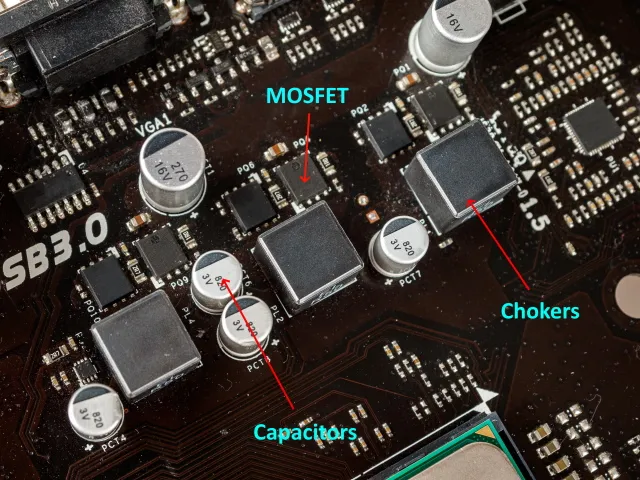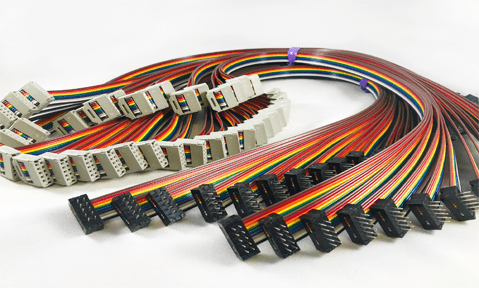For components to last a long time and function at their best, computer hardware must have stable and consistent power supply. In this process, the Voltage Regulator Module (VRM) is essential, particularly in high-performance systems where power needs are subject to large fluctuations. The VRM is just as important in making sure that the CPU, GPU, and other components receive the proper voltage and current, even though many users might concentrate more on these parts.
This thorough article will go over the definition of a VRM, how it operates, why it is important for computer systems, the various kinds that are available, and how to pick the best VRM for your requirements.
1. First off, what is a VRM?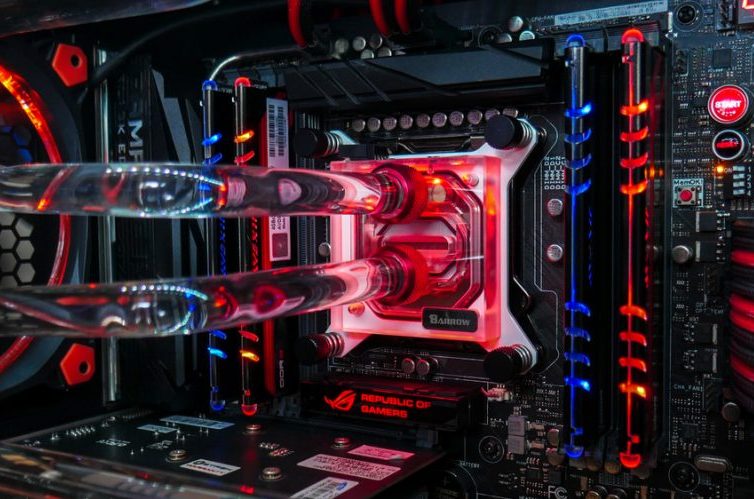
An electronic circuit known as a voltage regulator module (VRM) is in charge of giving crucial computer parts like the CPU and GPU a steady voltage supply. It changes the power supply unit is (PSU) greater voltage to the lower voltage needed by the CPU and other parts. Stable power delivery and safeguarding delicate electronic components from voltage fluctuations and spikes are contingent upon the presence of VRMs.
Essential Purposes of a VRM
A VRM’s main duties are as follows:
Voltage regulation is the process of keeping the output voltage constant despite changes in the load or input voltage.
Current Delivery: supplying the required current to components that require it, especially when performance is at its highest.
Thermal management: controlling the heat produced by voltage conversion since improper regulation might cause overheating.
2. How Are VRMs Operational?
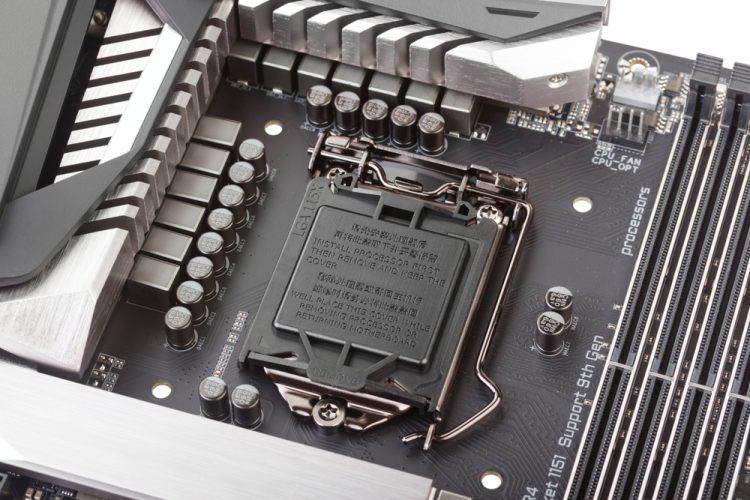
The way a VRM works is by controlling the voltage that is applied to the CPU or GPU. Several essential elements are involved in the process, such as:
Power Phases: Every VRM contains a number of power phases that divide the processor’s burden. Better power delivery and less heat generation are usually associated with more power phases.
Inductors: By minimizing oscillations, these parts smooth down the output voltage by storing energy.
Capacitors: Capacitors give a stable source of power to the CPU or GPU by filtering out noise and stabilizing voltage levels.
Metal-Oxide-Semiconductor Field-Effect transistors, or MOSFETs, are semiconductor switches that quickly turn on and off power supplies. This allows the voltage regulator (VRM) to modify the output voltage as necessary.
The Process of Voltage Regulation
The VRM controls the input voltage from the PSU to the necessary voltage level (usually 1.2V to 1.5V for current CPUs) when the CPU or GPU needs power. Because this process is real-time, the VRM can react swiftly to variations in load circumstances, such as when the processor is heavily taxed during rendering or gaming.
Feedback Loop: Using a feedback loop, the VRM continuously observes the output voltage. The VRM modifies the MOSFETs’ duty cycle to change the amount of power delivered if the voltage deviates from the intended level.
PWM Controllers: To control the MOSFET switching in VRMs, pulse width modulation, or PWM, controllers are frequently employed. The output voltage can be precisely adjusted by the VRM by varying the pulse width that is transmitted to the MOSFETs.
b. The Management of Heat and Efficiency
A VRM’s efficiency is crucial since ineffective regulation can lead to energy waste in the form of heat. Superior VRMs are engineered to reduce energy dissipation, hence contributing to reduced temperatures. To disperse the heat produced by the VRM, efficient thermal management techniques like heatsinks or active cooling (fans) may also be used.
3. VRMs’ Significance in Computer Systems
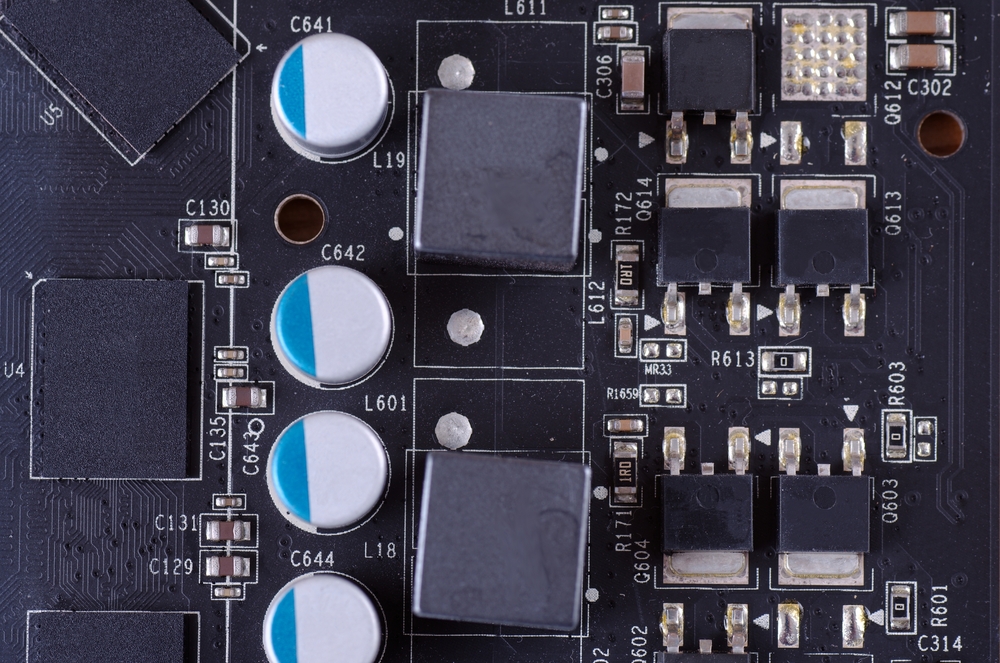
In computer systems, the VRM is essential for a number of reasons:
a. Stability of Power
CPUs and GPUs depend on stable power supplies to function reliably. Voltage fluctuations may result in breakdowns, unstable systems, or even irreversible damage to individual components. These components need a steady and dependable power supply, which is provided by a high-quality VRM. This is particularly crucial in overclocked systems where power requirements can be higher than usual.
b. Enhancement of Performance
When using games or other resource-demanding apps, the CPU and GPU can consume a lot more power. These demands can be met by a strong VRM without sacrificing performance. VRM weakness can cause throttling in systems, which lowers performance under high-load conditions.
c. Duration of Components
Electronic components’ lifespans can be increased by maintaining constant voltage levels. Good VRMs lessen the possibility of damage from voltage spikes or drops by supplying a steady power supply, which lessens the strain on CPUs and GPUs.
4. VRM Types

There are several varieties of VRMs, each intended for a particular use case and power supply requirement. You can select the best VRM for your system by being aware of these types.
a. Custom VRMs
Most users may get by with standard VRMs, which are generally available in motherboards made for consumers. They have enough power for both gaming and standard computing operations. Under very specific overclocking circumstances, they might not function well.
b. Premium VRMs
Expensive VRMs are intended for overclockers and enthusiasts. To manage the increased power demands of overclocked CPUs and GPUs, these VRMs frequently have additional power phases, better-quality parts, and cutting-edge cooling techniques.
c. VRMs that are integrated
VRMs that are integrated are part of the CPU or GPU itself. This architecture can shrink the motherboard’s overall size while streamlining power delivery. Dedicated VRMs may offer greater performance and flexibility than integrated VRMs, though.
5. Picking the Appropriate VRM
The quality and design of the VRM should be taken into account when choosing a motherboard or system, particularly if you intend to overclock or use high-performance components.
a. Phases of Power
Stable power delivery capability of a VRM is dependent on the number of power phases in the VRM. More phases usually translate into reduced heat generation and improved power delivery. When looking for a motherboard, especially for overclocking, look for one with more power phases.
b. Quality of Components
A VRM’s performance and dependability can be greatly increased by using high-quality parts such premium MOSFETs, efficient inductors, and capacitors with low ESR (Equivalent Series Resistance). To determine the component quality, read the specifications and reviews provided by the motherboard manufacturer.
d. Solutions for Cooling
Heatsinks and active cooling are two efficient cooling methods that can extend the life and performance of VRMs. If you intend to push your system to its limits, look for motherboards with strong cooling solutions for the VRM sections.
d. Evaluations and Comparisons
Examine reviews and benchmarks that particularly assess the VRM’s performance before investing in a motherboard or system. This data can shed light on how effectively the VRM functions under different load scenarios.
6. Overclocking and VRM
A common method among enthusiasts who wish to optimize their CPU and GPU performance is overclocking. Because it has to supply the extra power needed by the overclocked components, the VRM is essential to the overclocking process.
a. Energy Needed for Overclocking
The CPU or GPU may use a lot more power when overclocked than when operating at stock speeds. This increasing demand can be handled by a robust VRM without sacrificing stability. A motherboard with a strong VRM that can maintain high power levels for lengthy periods of time is what overclockers should seek for.
b. Modifications to Voltage
Users can manually modify the voltage supplied to the CPU or GPU on many motherboards with high-quality VRMs. When overclocking, fine-tuning the voltage can assist maximize performance while enhancing stability.
b. Tracking the Performance of VRMs
When overclocking, it is critical to keep an eye on the voltages and temperatures of the VRM. A lot of contemporary motherboards have software tools that let users monitor VRM performance in real time and make necessary adjustments to guarantee ideal power delivery.
7. Typical VRM Problems
VRMs are important, however they can have problems that impact system performance. You can efficiently troubleshoot and manage your system by being aware of these typical issues.
a. Severe overheating
Reduced performance, crashes, and system instability might result from a VRM overheating. Users need to make sure that the VRM sections in their systems are adequately cooled, particularly in high-load situations. This problem can be lessened by adding extra cooling options, such as case fans or specialized VRM coolers.
b. Not Enough Power Transmission
Inadequate power delivery may arise from using a motherboard with a poor VRM, particularly when overclocking or peak loads are applied. Throttling or instability may be experienced by users as the VRM strains to supply the required power.
d. Changes in Voltage
Poor-quality parts or inadequate cooling may cause voltage swings. Damage to components and system instability may result from these variations. These problems can be avoided by ensuring high-quality VRM components and appropriate temperature management.
8. Final Thoughts
An integral part of contemporary computer systems, the Voltage Regulator Module (VRM) is in charge of supplying steady and dependable power to the CPU, GPU, and other vital parts. By comprehending the operation of VRMs, their significance in power delivery, and how to select the best VRM for your requirements, you can construct a computer system that is both dependable and high-performing.
Whether you are an avid overclocker, a casual user, or a gamer, paying attention to the quality and

